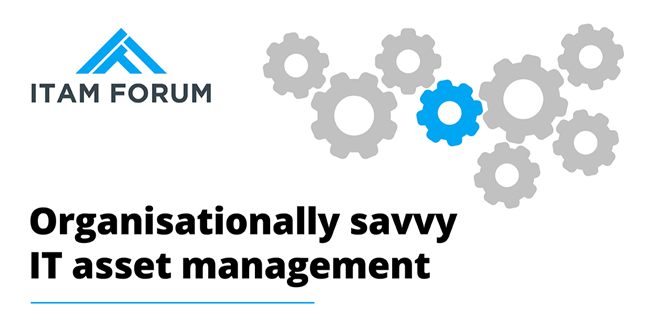Author: Keiren Tilbrook
Head of Business & Data Analysis, The Mastermind Group
The ITAM function typically sits between business and IT operations, which can be an uncomfortable place. Worst case is where the ITAM team becomes isolated with a foot in neither camp. Best case is where the team engages with – and has the respect of – all teams involved in IT asset lifecycles. So how do ITAM teams achieve this? I interviewed IT asset managers in three of our biggest and best customers to find out.
The first thing that jumps out is that success means different things. For one customer in the financial sector, risk reduction was king. For another, it was all about cost avoidance. ‘Savings’ are only booked if they could be ripped out of the budget.
Approaches varied as well! For two out of three, centralising procurement was crucial, while the other was equally adamant that having business and IT teams own the budget was the only way to true accountability.
However, there were a few key themes that emerged throughout.
ITAM Data
There was common agreement that it is critical to have confidence in your ITAM data (a broad term, but we’re talking mostly about inventory, contract and license records). I recall being in a meeting once where an asset manager was walking through an ITAM dashboard that showed a $96,000,000,000 risk in Oracle. No-one blinked an eye because hey, it was so ridiculous (even for Oracle). Such things point to a degree of scepticism about ITAM data that is common, especially to IT Operations.
An IT asset manager needs to be rock-solid on the coverage, accuracy and currency of the ITAM data, so they can say, “No, hey listen, this is real, and we have a problem here”. While not in the billions (hopefully), these risks can be in the millions, and you do not want to be a crying wolf.
Achieving this level of confidence is really hard in a constantly changing IT ecosystem, but there are specialised data quality tools out there to help. The experienced IT Asset Manager also knows that the ITAM system will never tell the whole picture and that data needs to be presented always in context and sometimes with a dose of realism.
Peer Relationships
One question I asked each respondent was whether their ITAM team had ‘customers’, and the answers were instructive. One manager likened it more to a doctor/ patient relationship where you had to have the freedom and authority to have the “inconvenient conversation” about a specific health issue – for example, license compliance. The customer is definitely not always right. At the same time, all agreed it was no good just beating teams over the head with such issues.
Operational idiocy aside, most people want to do the right thing, and one part of the ITAM team’s role is to translate arcane licensing terms in ways that make operational sense. The path to success is being down ‘in the trenches’ with the operational teams, working collaboratively to solve complex problems. Rather than customer relationships, it was more about partnerships.
Executive Sponsorship
The other key relationship aspect identified was executive sponsorship. It’s in the nature of software asset management that compliance issues are somewhat embarrassing, and there’s a tendency to keep them on the down-low. Getting attention from the executive level can raise the profile, make some noise, and get action happening from other teams. One manager commented though about being careful not to overplay the executive card, partly to prevent resentment from operations (for being pushed into action) and also to avoid the perception of not using your own influencing skills.
Another way to do this is to ‘land and expand’ into other non-ITAM areas such as IT Security. One manager noted that the ITAM system often provides a more accurate and current view of what’s actually in the environment as opposed to a security tool, which in this instance, was creating objects for every single short-lived AWS instance (at a rate of about a thousand a day).
Raising the standing of ITAM in the organisation also makes it easier to internally recruit that most precious and scarce resource – good people.
The three organisations I spoke to are all IT asset management success stories, and I thank them for their time and insights. There were two key take-aways for me. The first and most obvious is that trustworthy data is an essential foundation for ITAM. What I hadn’t appreciated though was the importance of being ‘organisationally savvy’, to really understand your company and how ITAM operates within it.
For more ITAM best practice and stakeholder engagement, please see these blogs:
If you’re an ITAM Forum member, log in to access these resource
- eBook: ITAM Power Skills – Stakeholder Engagement
- eBook: Tips for building a winning business case for ITAM
- Article: How ITAM Supports Business Transformation
- Whitepaper: Making the case for good ITAM and organisation certification
- On-demand webinar: ITAM Power Skills

